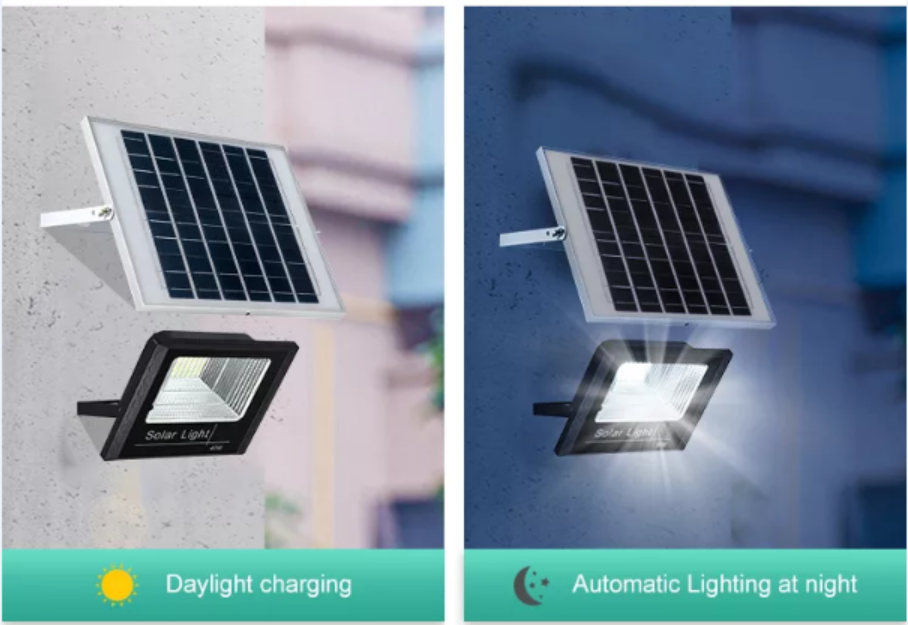Life” is the survival time of things from birth to death. For electronic components, its “life” refers to its internal physical mechanism from the formation to the disappearance of the continuation of time. LED as an electric – – optical conversion device, electron-hole pair of energy band leap to produce photons this physical function is a theoretically infinite process, is a long-lived “permanent” brand. -Light conversion devices, electron-hole pair of energy band leap to produce photons of this physical function, theoretically infinitely long process, is a long life “permanent” card. But any material, even if the composition of the LED Semiconductor materials, including its electrodes and other materials, in a long time under the electrical energy, and thermal loading, will eventually decay, age, and lose its original function, resulting in “death” – failure. Although the LED is a solid light. It has its survival period. Generally speaking, this device and other semiconductor devices, theoretically speaking, “life” is very long. The so-called LED life and the actual life of LED devices can be made practical in two concepts. It must be like other electronic components, as it follows the general law of things from birth to demise
How many years can led lights generally use?
1, the theoretical life of LED is 100,000 hours, but this is only in the ideal state of the highest value. The life of LED has a lot to do with the current, brightness, materials, etc… When the led light is used for more than 1000 hours, there will be light decay. That is to say, its intensity is not as bright as the initial.
2, led light source from the initial value of work until the amount of time when the luminous flux decays to 70%. Some small power led used as indicators can reach more than 100,000 hours. But for high-power led lights, the service life is far from 100,000 hours. And in actual use, leading to more than 30,000 hours, the brightness is less than half of the beginning.

3, so led lights can be used for several years, mainly depending on their use of the environment, the quality of electronic components, or others. LED lights use time like the bucket principle, which is determined by the shortest part of life. That is to say, if the user on the second day the electronic component is damaged, then its use time is only two days. Of course, this is only accidental. This time you can find after-sales service for processing.
Factors Affecting the Reliability and Operating Life of Individual LEDs
The operating life of LEDs (L70B50) can easily exceed 50,000 hours. Compared to other light sources, LEDs rarely fail, but the luminous flux decreases slightly over time. When used in certain applications, LEDs require little or no maintenance throughout their lifetime. The factors described below that impact individual LEDs can also affect entire LED modules.
The various influencing factors are described in detail
Temperature
While light is generated heat is also generated, which affects the life cycle and the luminous flux of the LED. It is genuine for individual LEDs as well as for the entire LED module. Therefore, the heat must be transferred by an optimal mounting method or a suitable heat sink. The basic principle is as follows: The lower the temperature, the longer the life cycle, the higher the efficiency, and the brighter the LED.
Mechanical effects
Mechanical forces can generate for several reasons. Mechanical forces can occur during the manufacture, assembly, or operation of LEDs and during the use of materials that create mechanical forces when the temperature changes drastically. If LEDs are subject to these forces, they may hurt their working life and should even end their handling life.
Power consumption
Each LED and each LED module can operate within a specified current range. The lower the current in this range, the less energy LED releases and the less heat it produces, which directly affects the working life of LED.
Lamp light
Since the ageing process of specific components is affected by the light emitted by the chip, the particular LED housing designs play a crucial role in this ageing process. For many housing designs, the built-in reflector has been severely aged after only a few hundred hours of operation due to the high intensity and brightness of the light emitted by the chip.
Humidity
LED is robust, not easily influenced by the outside world, has good vibration resistance, and is not easy to damage. If used properly, the humidity will not be a problem: it is not the LED itself that is sensitive, but the various metal parts, connectors, and electronic components inside the LED module. They can corrode, which can lead to module failure. Choosing the direct material for the LED can prevent corrosion. Moisture protection is also necessary to extend the working life of the LED module as much as possible.
Chemicals
The chemical influences that stress LEDs vary considerably depending on the application site. Therefore, various environmental conditions must consider when planning LED lighting systems. The main factors that can hurt the working life are the following.
Corrosive air (air with high sulfur dioxide content)
Coastal climate with medium salinity

Chemical industry
Swimming pools with moderate chlorine content
So we want to have a long life of LED lights should do it
1, Look at the lamp beads
The lamp bead is the core component of the LED bulb, and universal models, different quality lamp beads efficiency, and luminous angle are various. Now, most of the bulbs on the market are single crystal beads, that is, only one crystal. Double crystal lamp bead performance than single crystal lamp bead is better. Life is also longer than a single crystal lamp bead. Moreover, the number of lamp beads needed to use bicrystal lamp beads is generally significantly less than the number of single crystal lamp beads, which is more conducive to the optimization of lamp body size. So in the purchase, you can consult the guide about the bulb lamp beads. And try to choose double crystal lamp beads because of a not only lifetime. And luminous efficiency. But the bright angle is relatively high, and the use of occasions is also more extensive.
2, look at the brightness
In the purchase of LED bulbs, many consumers mistakenly believe that the higher the brightness, the better the bulb. It is a big shopping misunderstanding. Because too bright light is like noon harsh sunlight, not only easy to damages vision but also affect physical and mental health, especially easy to cause children withdrawn, irritable, and irritable personality. Therefore, in the selection of LED bulbs need to be combined with the lighting environment, refer to the luminous flux index of the product, pay attention to observing the brightness of the light, and try to choose adequate animation but not harsh lamps.
3, look at the color rendering
Looking at the color rendering index is to see the object in the light of the color of the sincere degree. The object’s high degree of truth is better. Take the following picture as an example. Through this comparison chart can be clear that the left picture appears very real, and the right picture is a solemn distortion. We can use the colored objects on hand to do some experiments under the light bulb, and from a more professional point of view can use the color rendering index for purchase. Ordinary lamps and lanterns’ color rendering index of more than 80 is better. The higher the color rendering index, the higher the object reproduction under the light.
The longer a light source is used, the better its economic and ecological advantages are. Semiconductors have the lowest luminous flux reduction with the passage of operating time, so in many applications, LEDs have a longer maintenance-free life than other light sources. In any case, the potential advantages of this technology have not yet been fully exploited. Therefore, LEDs symbolize the future of lighting technology.
If you want to know more about lighting-related consultation, please feel free to consult: www. enetcl.com.At the same time, we also hope you can give us valuable advice or suggestions. Thank you!



